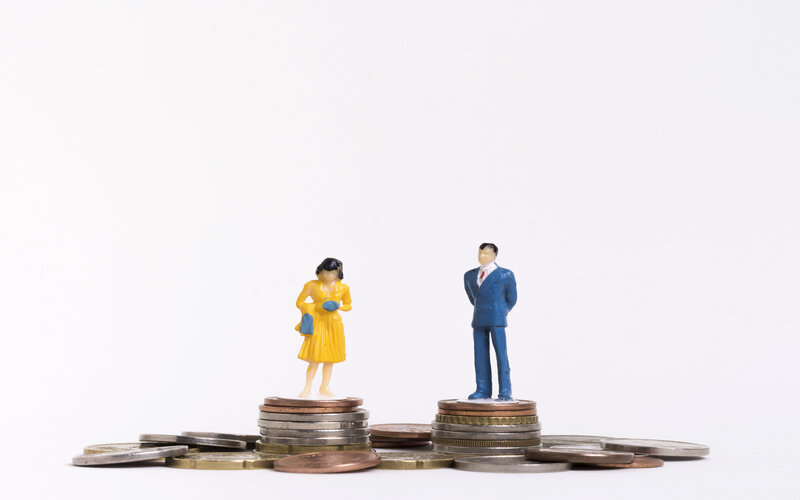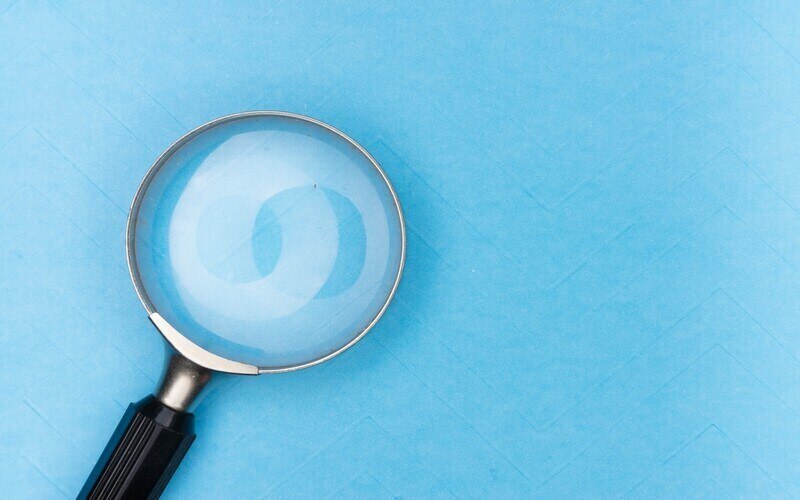The first Australian Women’s Health and Welling Scorecard, produced by Monash University and Monash Health, found Australian women have poorer health, lower incomes, and less engagement in the labour force than men.
At current rates, it will take 70 years to reach full-time employment equality with men, and more than 200 years to reach equity on income.
The report found in 2020, there was almost a $24,000 income gap between the two genders, with the women’s labour force absence alone costing $72 billion in lost GDP annually.
Further, there is a 19% point gender gap in full-time employment and a $44,746 superannuation gap, despite women’s average income and superannuation increasing since 2001.
Nearly 50% of men are employed full-time compared with only 30% of women - child caring responsibilities are a contributor to this.
Monash Centre for Health Research and Implementation (MCHRI) Helena Teede said urgent action is needed to close the gender pay gap.
“Poor health is known to reduce income; and low income is known to increase risk of poor health creating a cycle of disadvantage for Australian women, with impact on women from diverse backgrounds even greater,” Ms Teede said.
“Removing the structural barriers that prevent equality is an urgent priority to prevent the declining health of women in Australia.”
Other key findings included women experienced more elevated psychological distress than men between 2001 and 2020, linked to financial inequity.
Women aged between 18-24 recorded the highest distress in all years since 2001.
What are the average weekly earnings for men and women?
According to data from the ABS, Australia’s national gender pay gap is currently 14.1% as of May 2022.
This is a 0.3% point increase since November 2021 (13.8%).
Women’s average weekly ordinary full-time earnings across all occupations was $1,609.00 compared to men’s average weekly earnings of $1,872.90.
The pay deviation means full-time working women earn AU$263.90 per week less than their male counterparts.
Australia’s national gender pay gap has hovered between 13% and 19% for the past two decades.
Image by CoWomen via Unsplash



 Harrison Astbury
Harrison Astbury
 Harry O'Sullivan
Harry O'Sullivan

 Rachel Horan
Rachel Horan


